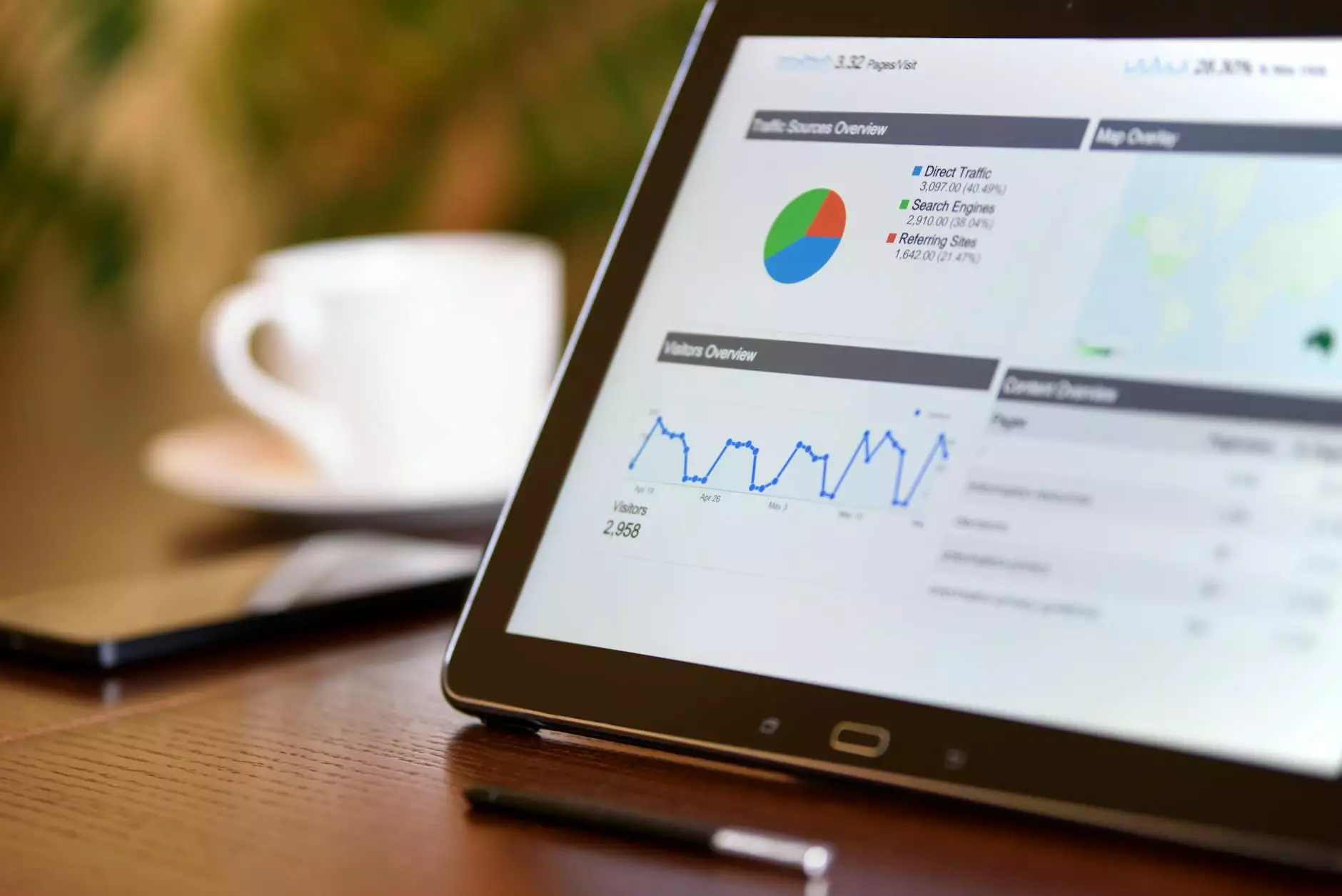What Is Internal Link Building?
SEO
Welcome to Urayus Home Improvement Marketing, your trusted partner for enhancing your online presence and digital marketing strategy. In this comprehensive article, we delve into the world of internal link building and its impact on your website's visibility and organic rankings.
The Importance of Internal Link Building
Internal link building refers to the process of linking different pages within your website, creating a network of interconnected content. This strategy serves multiple purposes, including:
- Improving Website Navigation: Internal links allow users to easily navigate between pages, enhancing their overall browsing experience.
- Enhancing User Engagement: By linking related articles or resources, you encourage users to explore more of your website's content, increasing their time spent on your site.
- Boosting Search Engine Visibility: Internal links provide search engines with clear pathways, allowing them to discover and index your content more efficiently.
- Establishing Content Hierarchy: Properly structured internal linking helps search engines understand the importance and relevance of different pages within your website.
The Benefits of Internal Link Building for Your Home Improvement Marketing Strategy
Now that we understand the importance of internal link building, let's explore how it can specifically benefit your home improvement marketing strategy:
1. Enhanced Website Authority
Internal link building helps distribute authority and link equity across your website. By strategically linking high-authority pages to others, you spread ranking potential throughout your site, enhancing overall website authority and credibility.
2. Increased Organic Traffic
When you link relevant pages together, you create a content web that encourages users to explore related information. By providing valuable internal links, you increase the chances of attracting users from search engine results pages (SERPs) to various sections of your website, ultimately driving more organic traffic.
3. Improved Keyword Visibility
Through internal links, you can guide search engines to important pages with targeted keywords. Linking to specific content signals search engines that these pages hold valuable information, increasing their visibility in search results for relevant queries.
4. Optimized User Experience
Internal link building enhances user experience by helping visitors find useful content easily. By providing contextual links within articles and resources, you streamline the navigation process, ensuring visitors have a seamless browsing experience.
5. Reduced Bounce Rate
When users find relevant internal links within your content, they are more likely to click and explore further. This reduces the bounce rate, a key metric indicating the percentage of users who leave your website after only viewing one page. Lower bounce rates positively impact search engine rankings.
6. Increased Social Sharing and Backlink Opportunities
Internal links make it easier for visitors to discover and share your content across social media platforms. When your articles provide valuable information and resources, readers are more likely to share them, resulting in increased exposure and potential backlinks from other websites.
Best Practices for Effective Internal Link Building
To harness the full potential of internal link building, it is important to follow these best practices:
1. Use Descriptive Anchor Text
Anchor text, the visible text of a hyperlink, is essential for effective internal linking. Use descriptive and keyword-rich anchor text that accurately reflects the content users will find when they click on the link.
2. Prioritize Relevance and Context
When linking pages internally, ensure the linked content is highly relevant to the context of the source page. Linking unrelated or irrelevant content can confuse users and harm your search engine rankings.
3. Implement a Logical Website Structure
Organize your website's structure in a logical manner, with clear categories and subcategories. This allows search engines to understand the hierarchical relationship between pages, reinforcing the importance of internal links.
4. Leverage Internal Linking Tools
Explore tools and plugins that can assist in analyzing and optimizing your internal link structure. These tools can provide insights into broken internal links, identify orphan pages, and suggest relevant internal linking opportunities.
5. Continuously Monitor and Update
Regularly review your internal link building strategy and make necessary updates to ensure that your links remain functional and relevant. This includes updating internal links when you create new content or make changes to existing pages.
Unlock the Power of Internal Link Building with Urayus
As a leading digital marketing agency specialized in the home improvement industry, Urayus Home Improvement Marketing has extensive experience in implementing effective internal link building strategies. With our expertise, we can help your business enhance its online visibility, increase organic traffic, and achieve higher rankings in search engine results.
Contact us today to learn more about how internal link building and our comprehensive digital marketing services can optimize your online presence and drive valuable leads for your home improvement business.










